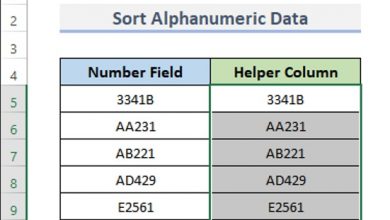What is sampling frame in research/Characteristics/types
A sampling frame is a list of the elements that make up the universe to be studied, which are known as sampling units. Each of these elements share characteristics that allow them to be identified. What is sampling frame in research?
From the sampling frame it is possible to extract the study sample, that is, the population to be investigated. The elements that make it up can be clients, employees, homes, institutions, cities or anything that needs to be studied.
To carry out a probability sampling , it is extremely necessary to execute this method, since it allows to find the unit that is going to be the object of study.
The sampling frame must be accurate, free from omissions and duplications. The data and units must cover the entire population and correctly identify them.
Characteristics of a sampling frame
Among the main characteristics of a sampling frame are the following:
- All sampling units have a logical and numeric identifier.
- All relevant information about the present sampling units can be found.
- The sampling frame is organized in a logical and systematic way
- It contains additional information about the sample units, which allows the use of more advanced sampling frames. What is sampling frame in research?
- Each element of the study population is present in the sampling frame.
- Each element of the population is present only once in the sampling frame.
- There are no elements external to the population of interest present in the frame.
- In order for it to work properly, it must be up-to-date.
Types of sampling frame
There are two types of sampling frame, list and area. Next, we describe each one of them:
- List sampling frame : These are lists that help identify the objects that will participate in the random sampling.
- Area sampling frame: These are the elements that allow delimiting the geographic units to locate them on the study place, such as photographs.
When is a sampling frame considered defective?
A sampling frame is considered defective when it meets one or more of the following aspects:
- When elements that do not belong to the target population appear.
- When not all the elements of the population appear or it has not been updated.
- When items are duplicated. What is sampling frame in research?
These defects can cause the loss of information relevant to the study, which will cause its lack of validity.
Advantages
Performing a sampling frame has many advantages for your research. Here we mention the most important ones:
- It is not necessary to have deep knowledge about the population to be studied.
- Allows statistical inferences to be drawn.
- When selecting the elements of the final sample, it does so randomly.
- The elements that are in the sampling frame have the possibility of being in the final frame.
Disadvantages
Some of the disadvantages of making a sampling frame are the following:
- Sometimes building it can be a difficult task when the population is very large.
- It is not always up to date or has units that are not real. What is sampling frame in research?
- Sometimes more than one sampling frame is required when sampling is multistage.
- Sometimes they are inaccurate, they are not described correctly, they are duplicated or out of date.
When a sampling frame is carried out, the researcher can carry out the study in less time and use fewer financial resources to achieve it.
In addition, it is possible to have greater control over the study variables and of course, perform a more in-depth and precise data analysis. What is sampling frame in research?


